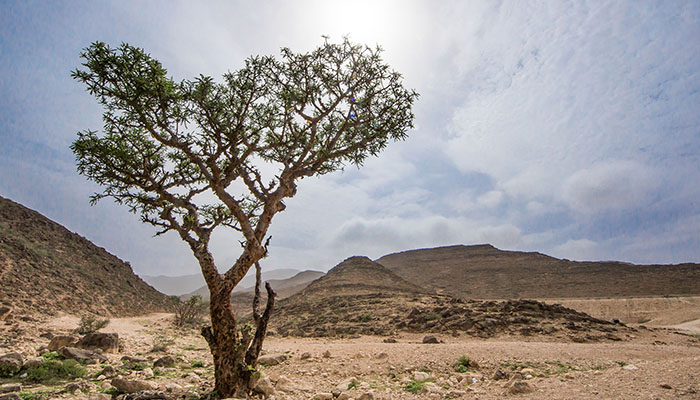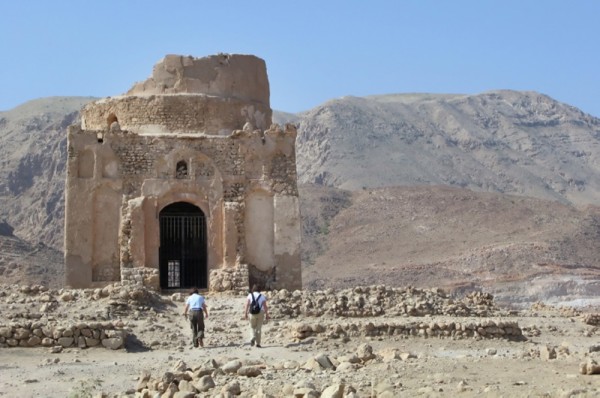

Located on the east coast of the Sultanate of Oman lies the ancient city of Qalhat. Surrounded by inner and outer walls, the city was first developed as a major port of Arabia between the 11th and 15th centuries. Its relevance and significance are not only from its long preservation, but also for its unique archaeological testimony that marks the cultural and commercial relationships between Arabia, East Africa, India, China and South-East Asia.
Currently, it is also known as the Bibi Maryam mausoleum, as it is a desolate, singular tomb that is all that remains of the once-bustling city of Qalhat. The ancient architecture on the pebbled beach juxtaposed against the turquoise waters of the Gulf of Oman.
Once the capital of ancient Oman, the city of Qalhat was recently placed on the UNESCO list of World Heritage Sites for its historical significance and its role in Oman’s evolution between the 11th and 15th centuries. The Ministry of Tourism said, “Once the first capital of Oman,Qalhat’s history traces back to the Bronze Age. The Portuguese occupied the city until being expelled in the late 16th century. Since then, the settlement has slowly fallen to ruin, with only the tomb of Bibi Maryam remaining as testament to Qalhat’s former importance.”
Oman's Ministry of Tourism said that Qalhat was once a shining jewel along the Omani coastline. “The Indian Ocean trade route brought many people through the ancient city, which Italian explorer Marco Polo described as having ‘fine bazaars and one of the most beautiful mosques,’” added the Ministry. “In the late-Middle Ages, when it was Oman’s first capital, the city was notably encircled by a fortified wall and was bustling with shops, bazaars, and houses.”
“Today, a single mausoleum is all that bears witness to the city’s former glory. Some say the lonely tomb was built by Baha al-Din Ayaz, king of the Hormuz Empire, for his wife, Bibi Maryam. But others maintain that it was indeed her who built it for him,” said the Ministry.